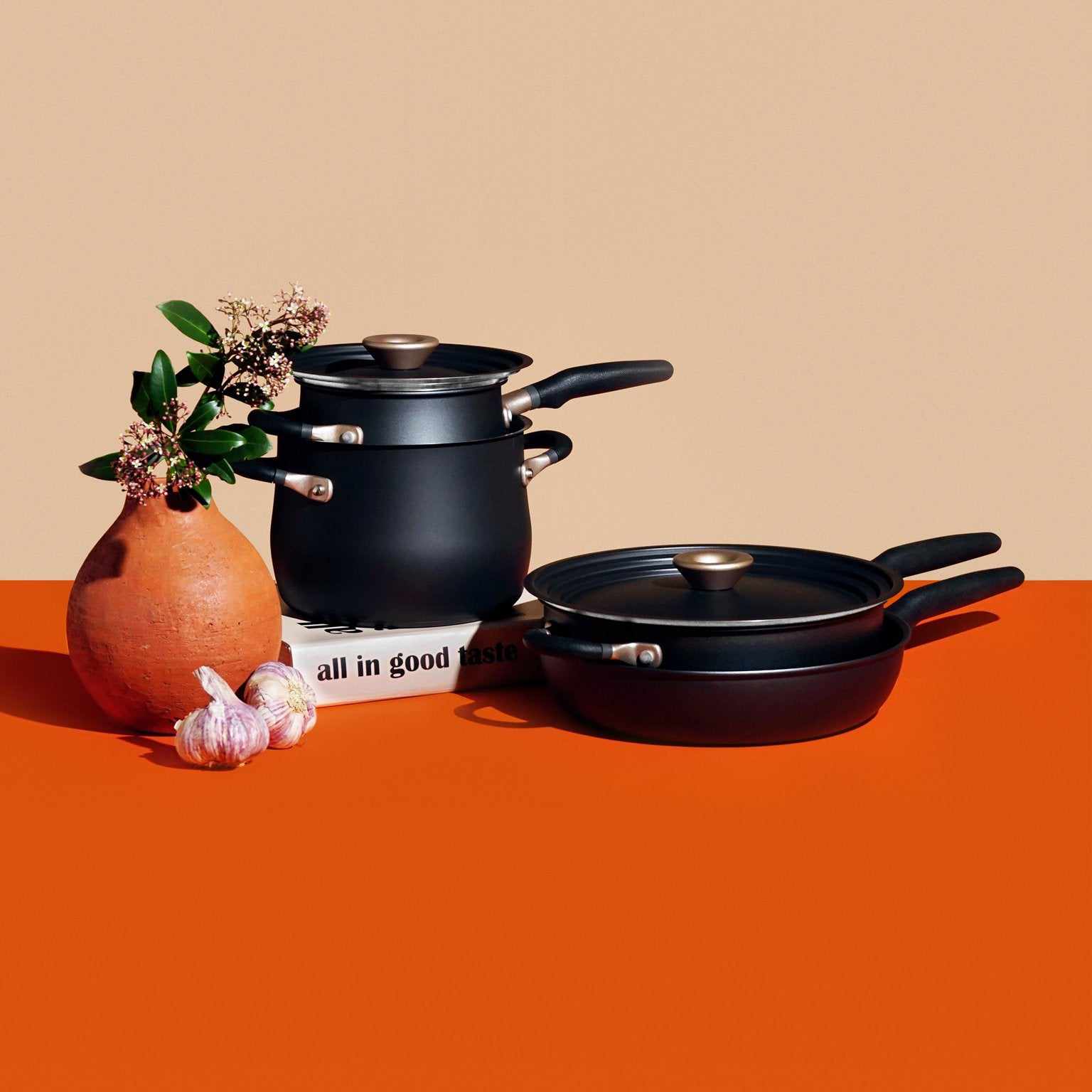Eid Mubarak to all those who celebrate!
This translates to “blessed Eid”, a sentiment traditionally shared today, on Eid, to commemorate the holiday and celebration that closes the month of Ramadan.
Meyer Labs’ very own Kizal Shami, Associate Brand Manager, shares more about her experience celebrating this spiritual holiday and how festive feasts play a central role in bringing her community together throughout the month.

Every spring, almost 2 billion Muslims around the world honor the holy month of Ramadan, a sacred period that includes increased worship, charity, and giving back. This month is marked by fasting from sunrise to sunset, and then celebrating the breaking of fasts alongside friends and family, with lots of traditional dishes.

Eid-ul-Fitr falls the end of this sacred period of the community’s deepened spiritual commitment over the past month. The spiritual holiday is commemorated by a community-wide prayer service in the morning, followed by more feasting and gift exchanges throughout the day. Women will often put henna on their hands, and everyone will dress in their best clothes for the celebration.

A central part of Eid is food, and the dishes eaten during this holiday are a reflection of the extremely diverse Muslim community. Below are some of the common festive foods that are enjoyed for Eid in different parts of the world:
- South Asian Eid dishes include: Halwa puri, sheer khurma, and assorted sweets (including gulab jamun, barfi, rasmalai). These dishes are a rich combination of sweet and indulgent flavors, with aromatic spices including saffron and cardamom.They offer a delightful combination of textures, from the softness of halwa and rasmalai to the crunchiness of nuts in sheer khurma and barfi.
- Southeast Asian Eid dishes include: Rendang, ketupat, and satay. These dishes include bold, aromatic spices, and savory richness from coconut milk and meat, subtle sweetness, and a balance of textures. They’re deeply rooted in Indonesian and Malay culinary traditions and are often enjoyed together.
- Arab Eid dishes include: Baklava, mamoul, and maqluba. This is an assortment of both sweet and savory dishes, enriched with aromatic spices such as cumin, cinnamon, and turmeric, and sweeter notes including rose water and honey.
- African Eid dishes include: Assida, pilau, and cambaabur. These dishes reflect the rich and diverse culinary heritage of North Africa and the Horn of Africa. It includes a harmonious blend of tangy, and subtly sweet flavors, with a lot of depth from use of spices and floral flavors.
We are committed to amplifying stories that showcase the richness of our team’s cultural diversity, from Hong Kong to San Francisco. As a global team here at Meyer Labs, our hope is that this ignites a passion for the unique cultural and culinary traditions across the globe. We appreciate you joining us on this journey!



